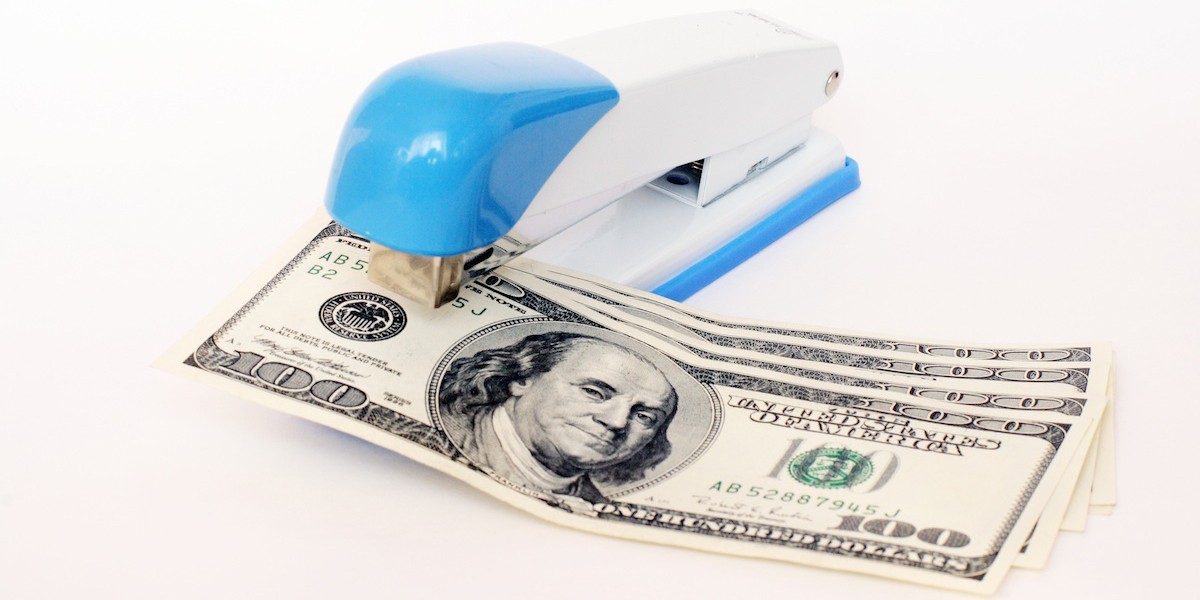Beware Of ETF Capital Gains
Post on: 18 Июль, 2015 No Comment

Income investing has become particularly popular in recent years, as near-zero interest rates have left many starved for attractive yields. As such, many investors turned to equity ETFs paying out high dividends to find a stable source of income. But looking through past distributions and current yield metrics is not always the most accurate method for evaluating an ETFs yield, as there are several nuances to these products that need to be taken into account, including capital gains [see also 12 High-Yielding Commodities For 2012 ].
Capital Gains
Though the exchange-traded structure helps these products to avoid incur capital gains far less frequently than mutual funds, a number of ETFs incur capital gains through out the year, which will ultimately lead to high distributions to investors. The shareholders of the ETF, like you, will be responsible for paying the taxes on these capital gains, the same as you would if you had sold an individual security at any time during the year. Knowing this, ETF issuers make a distribution to all shareholders of a fund that incurred capital gains, to cover the costs that the individual receives. And, it is of course possible to incur capital gains on an ETF even if you did not sell out of your position [see also The Best Dividend ETFs Aren’t Dividend ETFs At All ].
Because ETFs often hold a number of securities they can be forced to make a trade through out the year, the frequency of these trades entirely depends on the methodology of the fund. For example, if Apple (AAPL ) was suddenly no longer considered an S&P 500 stock, all funds tracking that index, like SPY. would be forced to sell the stock and buy into whatever replaced it. This could incur capital gains for the fund and therefore the individual investor. SPY might in this example be forced to send out a distribution at the end of the year to cover the cost of this capital gain to all investors. But many confuse the distribution for a dividend yield when in actuality, the fund may be have no yield whatsoever [see also Why Some Dividend ETFs Have Puny Dividend Yields ].
What To Watch For
ETF issuers will release a list annually of all funds that incurred capital gains, so that is always your best place to start when deciphering a dividend yield. Another telling sign comes from just one distribution per year; while there are a number of funds that pay a dividend just once annually, all capital gains will appear as a distribution just one time per year, typically in December. Sometimes the distributions can be very minor, like those from the ultra-popular iShares Barclays Aggregate Bond Fund (AGG ) in 2011, which was 33 cents per share, or about 0.3% of assets. But other times, the figures can be staggering [see also Dividend Special: Four Commodity Stocks Yielding Over 5% ].
A prime example comes from the Dreyfus Brazilian Real Fund (BZF ). Technically, the fund payed out a jaw-dropping distribution of roughly 27% in 2011, but all of that was due to capital gains, so the effective dividend on the year was 0%. It is always important to look under the hood of a dividend ETF to ensure that you are actually receiving the payout you see advertised.
It can also help to compare the various metrics used to measure distributions. For example, BZF has a distribution yield of about 29%which obviously includes the significant capital gains payment. Other metrics such as the embedded income yield and SEC 30-day yield can provide a much more accurate picture of the distributions that can be expected to recur going forward.
Follow Me On Twitter @JaredCummans
Disclosure: No positions at time of writing.














